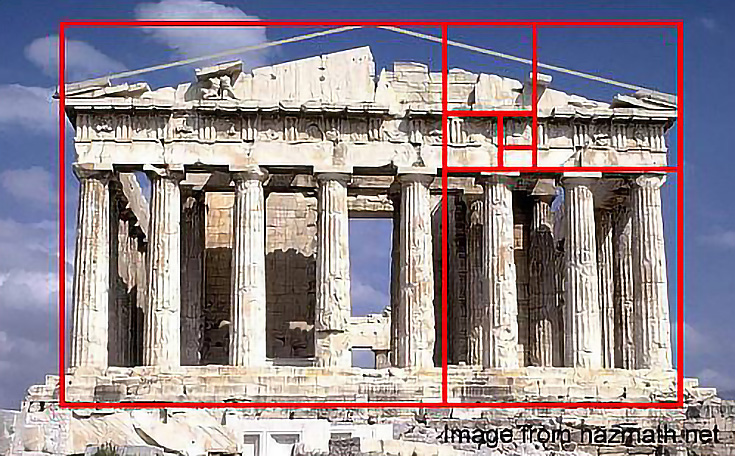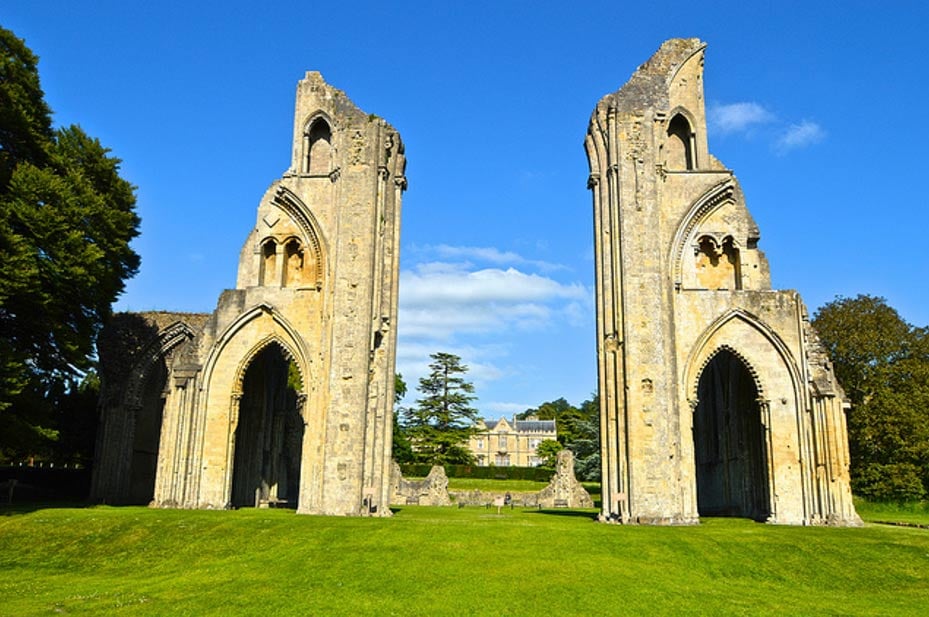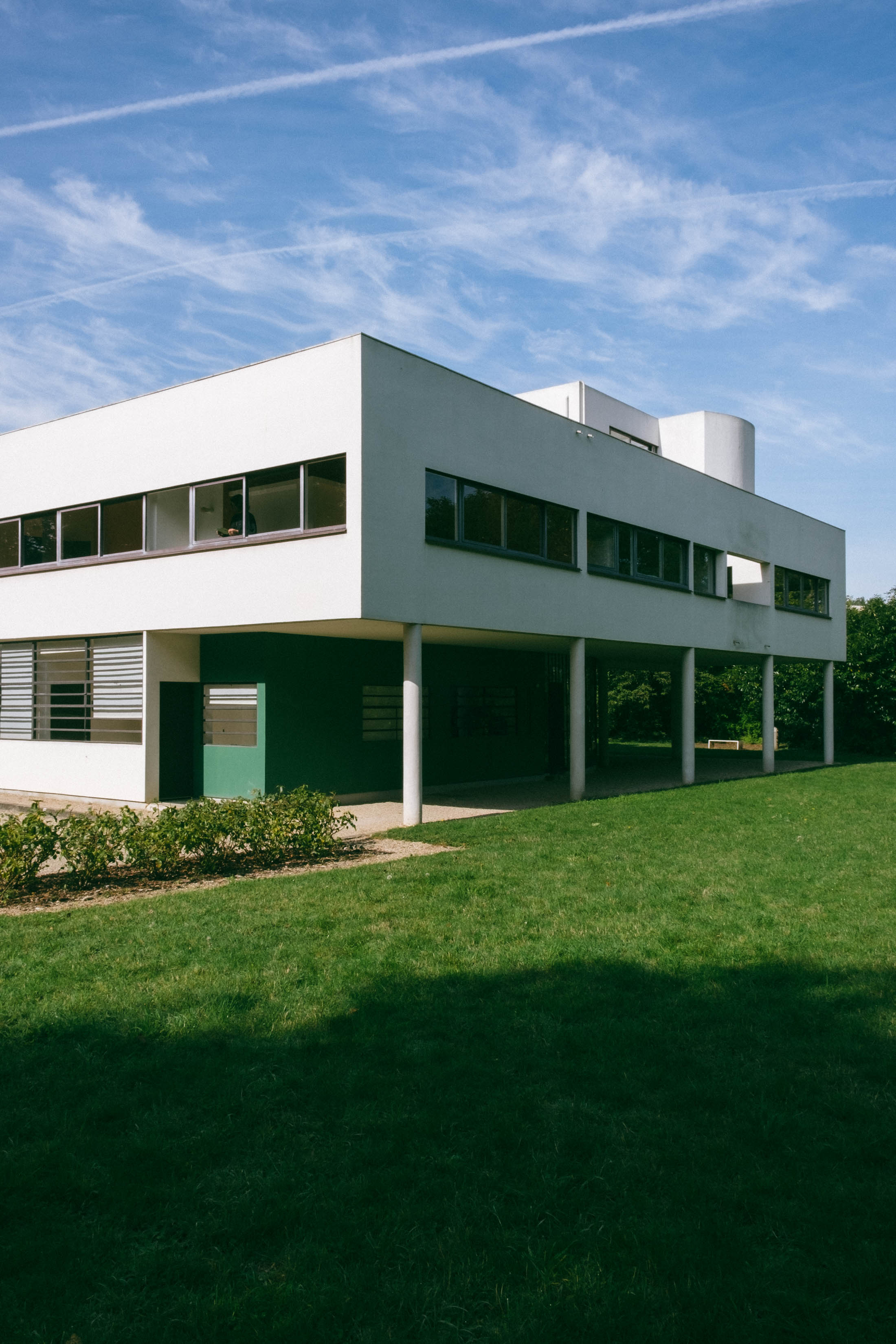Sacred Geometry
Sacred Geometry
The term 'sacred geometry' does not mean 'holy' but rather patterns. It pertains to certain truths of mathematical and geometric constructs. Both at a microcosmic and a macrocosmic level. The most famous of all being the Vitruvian man.

Plato, arguably one of the most famous philosophers defined a range of Platonic solids, and that each form represented a fundamental element.
Cube = Earth Pyramid = Fire Octahedron = Air Dodecahedron = Ether Icosahedron = Water
This idea of cosmic building blocks is not too dissimilar to what we still believe to this day. Micro and Macrocosmic forces and the idea that the whole is related to the parts and the parts are related to the whole.
Man's fascination with the forms of our universe has been consistent throughout history. From the first astronomers and philosophers like Pythagoras to present day. I believe that this fascination of forms is a way of humanity making sense of time and space, because us humans find it extremely difficult to comprehend scale and the ideas of complete an utter chaos in the cosmos. All this could have been influenced by Plato and his work. Without it, the idea of the cosmos would be an even more frightening and confusing space.
Even Stonehenge has at least some geometric arrangement, even if it is very basic.


The Skara Brae neolithic artefacts and the arrangement of Stonehenge suggest that even before the works of Plato, humans had been thinking of ways to contain and depict the cosmos, which therefore could disprove the idea that Plato created the idea, but instead merely pushed the thinking into the mainstream and emphasised its importance.
"Geometry is frozen music"
Goethe
This statement from Goethe is true in a way, and so is architecture. Geometry in most instances is repeating patterns, just like music. Architecture uses geometry, often repeating these forms. Therefore you could say that if geometry is music, then architecture is the album.
This idea of pattern is present everywhere in nature through the Fibonacci sequence. Such that each value is the sum of the two preceding ones. This universal pattern is known as the Golden ration or the golden section and looks like this:


This proportional system has been used for centuries. Including works such as the pyramids, the Acropolis and Notre Dame Cathedral. It is even present in Da Vinci's Last supper. It is ratio which can find its way into anything, and the fact that it is present in all of the great buildings suggests that the golden ratio to me is the true symbol of beauty and magnificence.
Going back to Vitruvian's man, the human proportions of the ideal body are defined by Vitruvius and are set out in geometrical context. Vitruvius was a Roman architect and engineer between 80BCE and 15BCE.This form of geometry allowed the Renaissance man to represent the world in three dimensions, thus introducing perspective to the world. Which is such an important aspect of the modern design process, as adding perspective allows for architects to get a feel for the structure before it is actually built; as if it is a portal to another dimension.
Geometry has long been used in architecture to generate plan, section and elevation drawings. Some key examples are the Temple of Concordia, Glastonbury Abbey, Santa Maria Novello and the Villa Savoye by Le Corbusier. The images bellow follow the order from left to right.



They all follow a proportion system, and the idea of sacred geometry. Sacred geometry in everyday life, allows us to connect the metaphysical and intellectual dimensions of human existence. For architecture, it allows us to connect the tangible and intangible, and allows us to create images and designs which would have otherwise been impossible to up.
Sacred Geometry in its purest form allows us to connect the possible with the impossible. And architecture is one of the best vessels for such a task.


Comments
Post a Comment